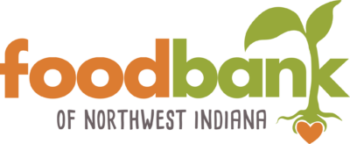As featured in the Times of Northwest Indiana.

Phil Wieland phil.wieland@nwi.com, (219) 662-5324
It was the biggest year in the history of the Northwest Indiana Food Bank in 2014, but it’s difficult to say if that’s the good news or the bad news.
The food bank moved 5.2 million pounds of food through its Gary facilities in 2014 to the 98 food pantries in Lake and Porter counties and through other programs, according to food bank officials Steve Beekman and Erika Dahl.
Beekman is a deputy director and Dahl is a communications and special events manager for the organization.
Programs involved include Senior Pac, Pantry on the Go and school backpack programs.
Northwest Indiana Food Bank said that amounted to 4.5 million meals for 412,402 individuals in 145,464 households.
As impressive as those numbers are, they fall far short of the actual need, Beekman and Dahl said. The group’s goal is to be serving 6.3 million meals annually by 2018, but even that pales in comparison to the number of people considered “food insecure.”
Beekman said a study showed about 18 million pounds of food are needed annually, and the lines of people at the food pantries aren’t getting any shorter, despite the improved economy.
“We do a good job of getting the food in and out within a few days, but our capacity is not big enough,” he said, describing the organization’s headquarters as a converted barn without loading docks.
“It’s inefficient and not benefiting us at all. With proper facilities, we could handle so much more to meet the need.”
The facilities can’t hold volunteers needed to process food any faster, and a lack of warehouse and freezer space means they frequently turn away food.
Some places are willing to take the food back and hold it until the organization has space, but in at least one instance a freezer truck full of food was left outside overnight. Fortunately, it was cold enough out to serve as a natural freezer for the truck’s contents.
The other solution is to take the food directly to one of the pantries and start handing it out.
“We definitely need a new, larger facility,” Beekman said.
A larger facility would also help the food bank with its mission to shorten the lines of people needing the free food by providing classes in how to prepare food so it will go further as well as training them to be chefs or drivers or other things to help them get jobs.
“People want to be self-sufficient rather than just getting free food,” Beekman said.
Wal-Mart recently gave the food bank a grant to buy a new freezer truck, but Beekman said the organization’s fleet is aging and the upkeep on the vehicles and the building is a big expense. A study is underway on what to do about the building situation.
Those wishing to donate money or food, or to volunteer to hold a food drive can sign up on the website at foodbanknwi.org.
Many people, children lack enough food
An estimated 104,020 individuals in Lake and Porter counties were considered food insecure in the 2014 Map the Meal Gap report by Feeding America, a nationwide network of food banks and a leading domestic hunger-relief charity.
Food insecurity is the U.S. Department of Agriculture’s measure of lack of access, at times, to enough food for an active, healthy life for all household members.
Food insecurity affected about 17 percent of Lake County residents, or an estimated 84,250 individuals, including more than 27,000 children, in 2014.
In Porter County, about 12 percent of residents, or about 19,770 individuals including just more than 7,100 children, were food insecure.
Only 56 percent of food insecure children in Porter County and 68 percent in Lake County were likely to be income-eligible for federal nutrition assistance in 2014.
Yearly Map the Meal Gap reports are based on data from U.S. Census Bureau’s Current Population Survey on food insecure households; the American Community Survey on median household incomes, poverty rates and other demographics; and the Bureau of Labor Statistics unemployment rates.


